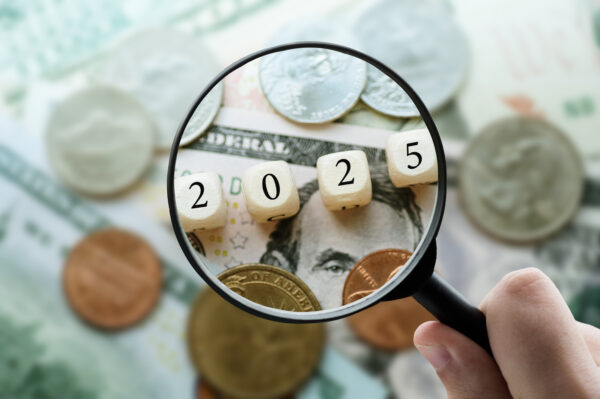Navigating Estimated Tax Payments: What You Need to Know
Let’s talk about something that might not be the most exciting topic but is super important for keeping your financial life on track: estimated tax payments. If you’re self-employed, have income outside of your regular job, or are set to receive a big income boost this year, this is especially for you!
What Are Estimated Tax Payments?
Estimated tax payments are those quarterly payments you make to the IRS for income that doesn’t have automatic tax withholding (or in the case of a big income boost, not enough withholding). Think freelance work, side gigs, investment or business income, rental income, a big bonus, or taxable equity compensation awards. Basically, if you’re earning money and no one’s taking out taxes for you, you need to handle it yourself.
Why Bother with Estimated Tax Payments?
- Avoid Nasty Surprises: No one likes a big surprise bill from the IRS. Making these payments helps you avoid a huge tax bill and possible penalties at the end of the year.
- Smooth Out Your Finances: Breaking up your tax bill into four smaller payments can make managing your cash flow a lot easier. It’s like budgeting – but for your taxes.
- Stay Organized and Stress-Free: Keeping up with your taxes quarterly means less stress come tax season. You’ll be more organized and less likely to miss something important.
How to Estimate Your Tax Payments
If you are working with a CPA, they should be doing this for you when they complete your tax return. They will typically inform you of the amount you will need to pay quarterly for the current tax year. Also let your CPA know if you expect to receive a big bonus or have taxable equity compensation awards for the following tax year. If you do not work with a CPA, then here’s a quick rundown on how to figure out what you owe:
- Estimate Your Income: Take a good guess at how much you’ll make this year from all sources.
- Calculate Your Taxable Income: Subtract any deductions and exemptions to find your taxable income. Here is a list from the IRS.
- Figure Out Your Tax: Apply the current tax rates to your taxable income to see how much you owe. Here is the breakdown for 2024.
- Account for Credits and Withholding: Subtract any tax credits and amounts already withheld from your paycheck (if you are a W2 employee).
- Divide and Conquer: Split the final amount you owe into four payments.
When Are Payments Due in 2024?
Mark your calendars for these dates:
- April 15
- June 17
- September 16
- January 15 (of the following year)
Final Thoughts
Handling estimated tax payments might seem like a hassle, but it’s a crucial part of staying financially healthy and avoiding stress. Plus, it helps you keep more of your hard-earned money in your pocket.
If you’re feeling unsure about how to get started or need a bit of help, don’t hesitate to reach out.












